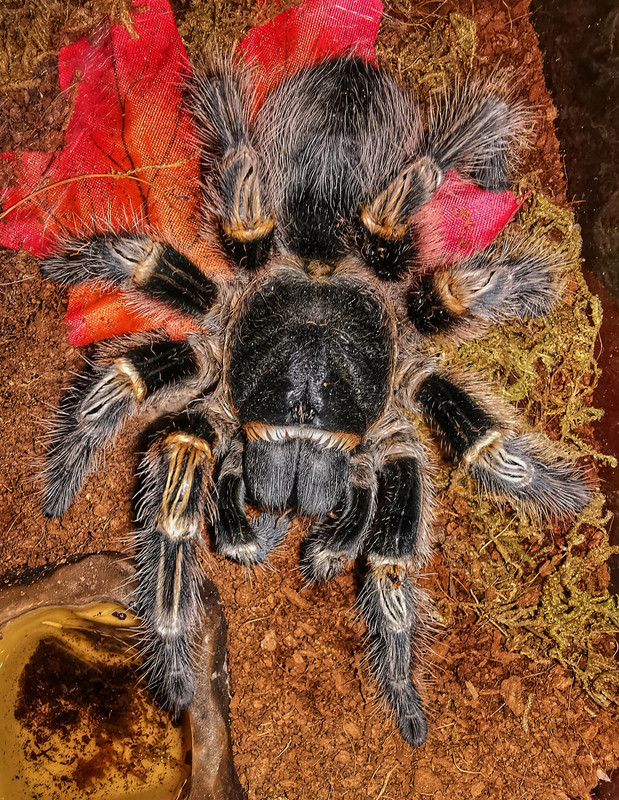TechnoGeek
Arachnosquire
- Joined
- Aug 13, 2019
- Messages
- 132
Ok, so I'll cut right to the chase, stars of the show:
Ivar the boneless:

Bella the classy:

Mission is to make sure they mate successfully and Ivar walks away in one piece. I have been keeping tarantula for some time now but I've never thought about breeding them before. What should I watch for to tell if the male is ready? I'm gonna keep a pair of tweezers inches away from them to interfere if need be. Anything you guys can tell me will be most appreciated.
Ivar the boneless:

Bella the classy:

Mission is to make sure they mate successfully and Ivar walks away in one piece. I have been keeping tarantula for some time now but I've never thought about breeding them before. What should I watch for to tell if the male is ready? I'm gonna keep a pair of tweezers inches away from them to interfere if need be. Anything you guys can tell me will be most appreciated.



